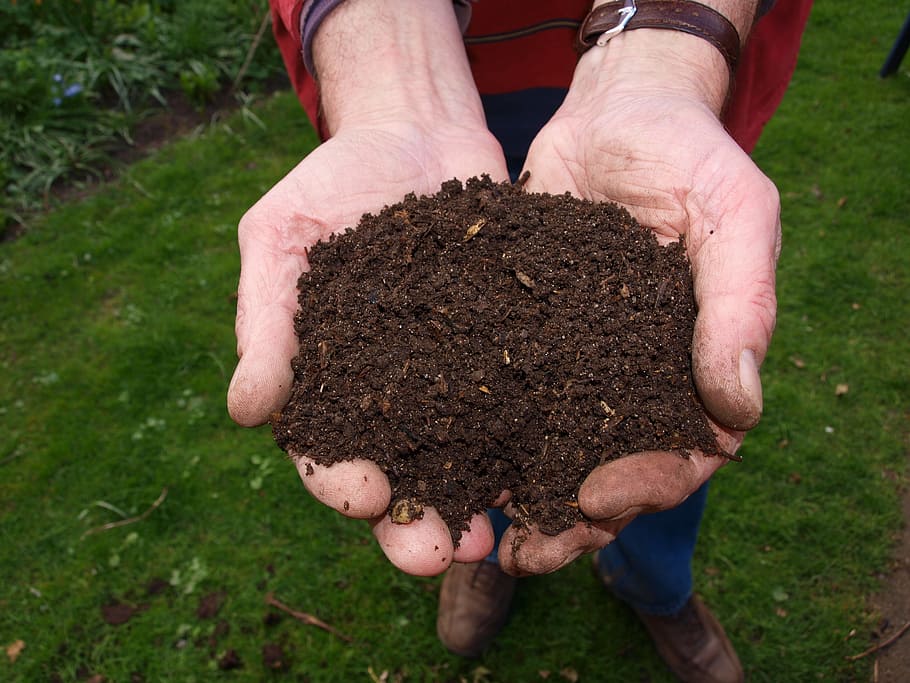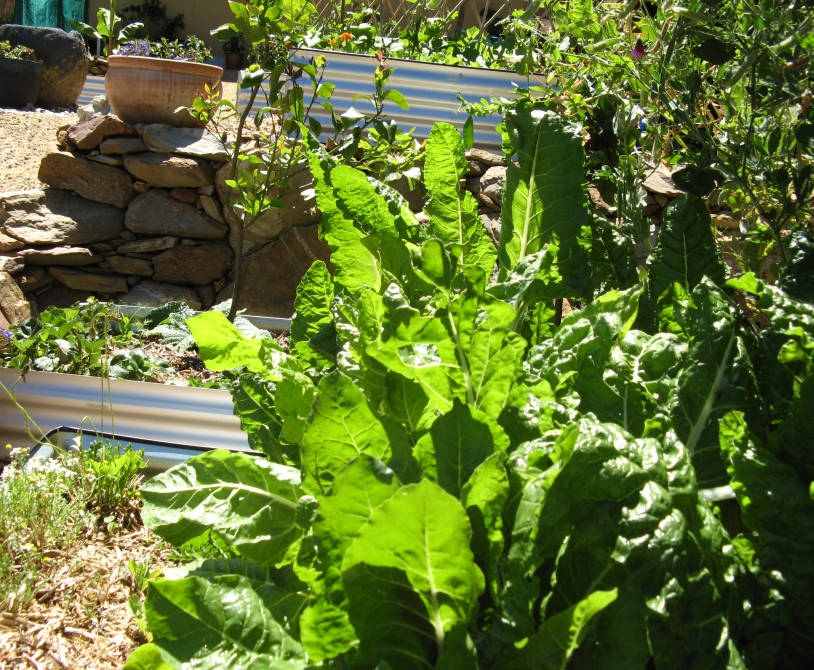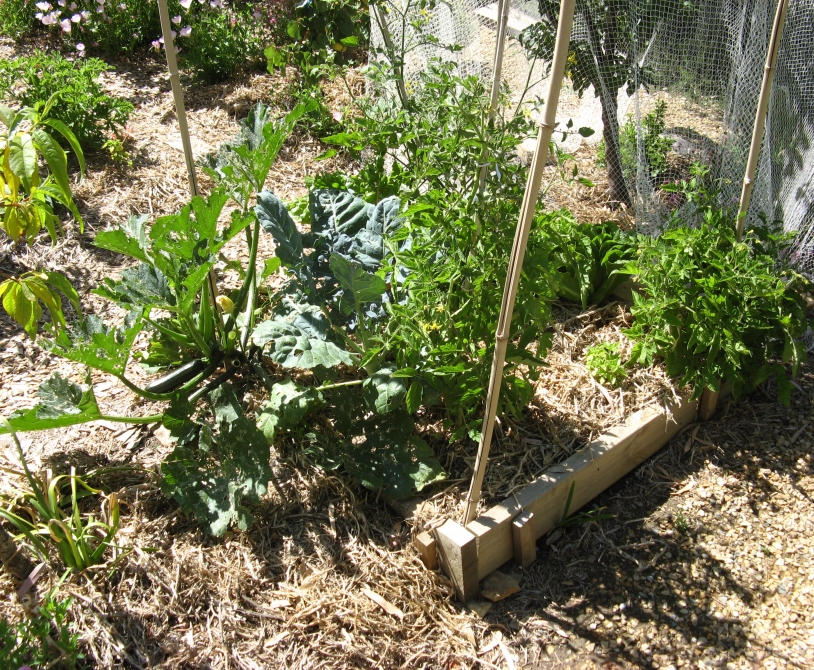Last month we looked at how composting food waste reduces the amount of methane in the atmosphere. An astute reader corrected my quote that methane is 25% more potent than carbon. According to the CSIRO it is 25 times more potent. This month we will look at composting your food waste in an aerobic plastic bin.
Aerobic plastic bins are good for composting all fruit, vegetables, and small amounts of processed food such as bread and pasta. No meat, poultry, cheese and fats should be added to the bin because they can smell and attract rats and mice! Place your bin on soil and rodent-proof it by standing it on rodent-proof netting or digging it into the ground.
Making good compost out of your food scraps is like making and baking a lasagne. You collect all your ingredients, layer them and leave them to bake. The ingredients include:
- Predominately nitrogen (N) or green materials: eg food scraps, small green prunings, green leaves, lawn clippings, small weeds, tea leaves, coffee grounds, animal manures. Make sure your weeds are seed-free and won’t spread by runners.
- Predominately carbon (C) or brown materials: eg straw, small dry prunings, sawdust, tissues, shredded paper, torn-up newspaper.
- Air: the organisms that are responsible for the composting process need oxygen to grow and multiply so make sure your bin has ventilation holes. The more organisms the hotter the heap becomes. To increase oxygen you can place slotted ag-pipes vertically in your bin. To keep the organisms working longer, you can add garden stakes that create air chimneys when you take them out after a couple of weeks.
- Water: the heap needs to be moist without water running out of it.
- Compost starter: a small amount either from a previous heap or bought compost to speed up the process by introducing more organisms to the bin. Herbs such as comfrey, chamomile and yarrow are known to work as activators.
The ratio of C to N is quite complex to work out as all material contains both C and N elements. A blend that usually results in the correct ratio is: 4 parts dry prunings, 2 parts green prunings, 1 part food scraps and 1 part poultry manure.
Alternate dry and green materials starting with a dry layer, wetting down each layer with seaweed extract. Add animal manure to the brown layers. Finish with extra compost. As you gather more ingredients you can do another ‘lasagne’ in the same bin.
When the bin becomes full, leave it to mature. The compost is ready when you can’t tell what went into it. The time this takes depends on the season and can be up to 4 months. If you have an opening panel at the base, you can shovel out the bottom layer when it looks ready. The compost can be added to any garden soil and is a great way to add beneficial micro-organisms, humus and nutrients.



